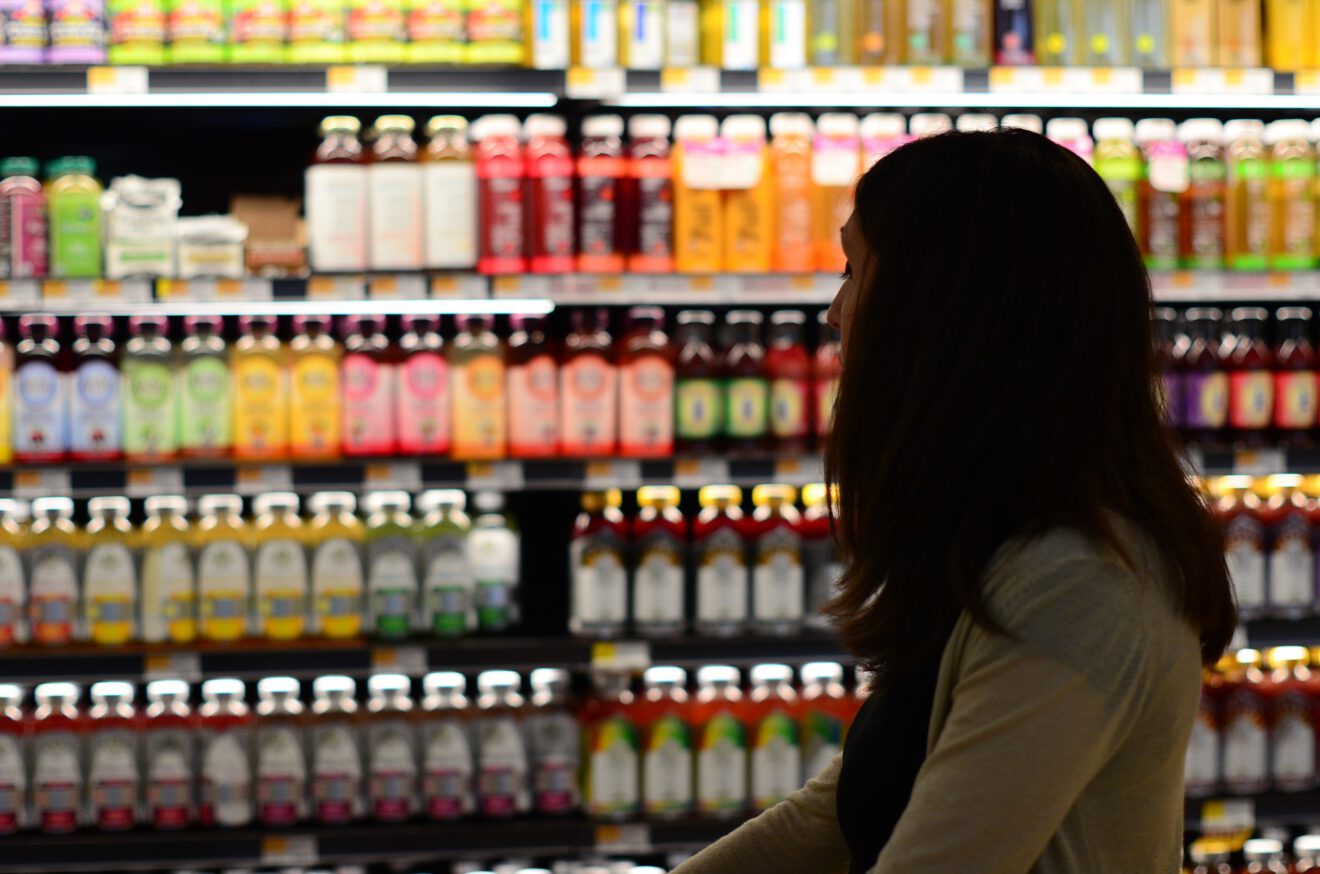Artisan or handcrafted. Organic or natural. Clean foods. Whichever the claim or designation, across nearly all categories of food and beverage packaged goods, as well as within restaurant menus, consumer demand for cleaner ingredient profiles has driven a kind of three “R’s” defined by “reductions, removals or replacement” of industrial or processed sounding ingredients. Not surprisingly, there has been a subsequent and steady rise in use of positive claims and distinctions all of which ladder up to higher quality food and beverage experiences.
Central to all this transformation, “clean label” is a term that while bandied about a lot, just isn’t part of the everyday vocabulary of consumers today. “Clean” encompasses much more than what’s listed (or not listed) on a product’s ingredient label. While the food and beverage industry has latched onto the term, consumers approach the concept from unique perspectives. For example, current events and health issues influence consumers’ perceptions of clean foods: recalls of foods and beverages, questions about food origins and how safe these sources are, issues surrounding genetically modified organisms, sensitivity to gluten, and other factors all play into the emerging demand among a growing number of consumers for foods they deem “clean.”
Consumers have become quite savvy in their ability to ferret out meaningful information on product labels. They have also become wary of words and phrases that tend toward the gimmicky side of food and beverage marketing tactics (for example artisan and natural are vastly overused and are causing significant erosion in trust when used on packaging). Words that don’t ring true raise warning flags with knowledgeable consumers and can elicit the opposite intended effect by warding off potential purchases. For many consumers, “clean” falls into this cautionary side of the tale.
And yet, consumer demand for clean food continues to gain momentum. Our conversations with consumers show that they are looking for less processed foods that they believe retain the integrity of the original ingredients. They are looking for products that are made simply and grown naturally without unnecessary chemicals, processing or cooking stages. Clean means products that are as close as possible to their original form, that haven’t been shape-shifted, and which have visible, whole ingredients. Cues for clean can include the absence of red flag ingredients (anything that sounds unnatural or artificial), a short, recognizable ingredient list, distinctive flavors and local sourcing. Terms like ‘authentic,’ ‘real,’ ‘simple,’ and ‘fresh’ are often used interchangeably with ‘clean,’ again suggesting that clean labels are about more than just avoiding ‘artificial’ ingredients.
How this translates into the marketplace is increasingly clear: What CPG companies think of as “clean label,” consumers better understand as “natural” foods. Here at The Hartman Group, we think of all this from the broader cultural context of the “premium marketplace” — shorthand for consumer demand in higher-quality foods and beverages and “upgraded food experiences.” Organic, for example, falls into the sphere of premium because it speaks to consumers’ perceptions of clean foods. Clean, and thus premium, are all about quality sourcing and production methods, and products created by passionate people linked to culinary traditions.
The fact that today’s consumers seek more specific information on the foods and beverages they buy is a natural evolution of their interest in, and adoption of, organic and natural products. This is also why we are seeing an uptick in emerging premium food and beverage brands, because they are being developed from the outset with formulations toward fresh, less processed and real.
While the term “clean” has been gathering strength among both consumers and the food industry, its future within mainstream premium and natural food vocabulary is still in question, as it can be met with skepticism. One thing is clear: As with natural and less processed products, consumers expect “clean” foods to be self-evident and not called out on pack.
We’ve now reached the point where clean label and label distinctions that ladder up to premium food and beverage experiences is not just today’s reality; it is the path that packaged food and beverage companies must take if brands are to remain relevant with consumers. It is but one major outcropping of the broader food cultural trend toward all things less processed and real.
As CEO of The Hartman Group, Demeritt drives the vision, strategy, operations and results-oriented culture for the company’s associates as The Hartman Group furthers its offerings of tactical thinking, consumer and market intelligence, cultural competency and innovative intellectual capital to a global marketplace.
__________________________________________________
If you enjoyed this article, join SmartBrief’s email list for more stories about the food and beverage industry. We offer 20 newsletters covering the industry from restaurants to food manufacturing. And be sure to follow us on Twitter for the latest industry news.
